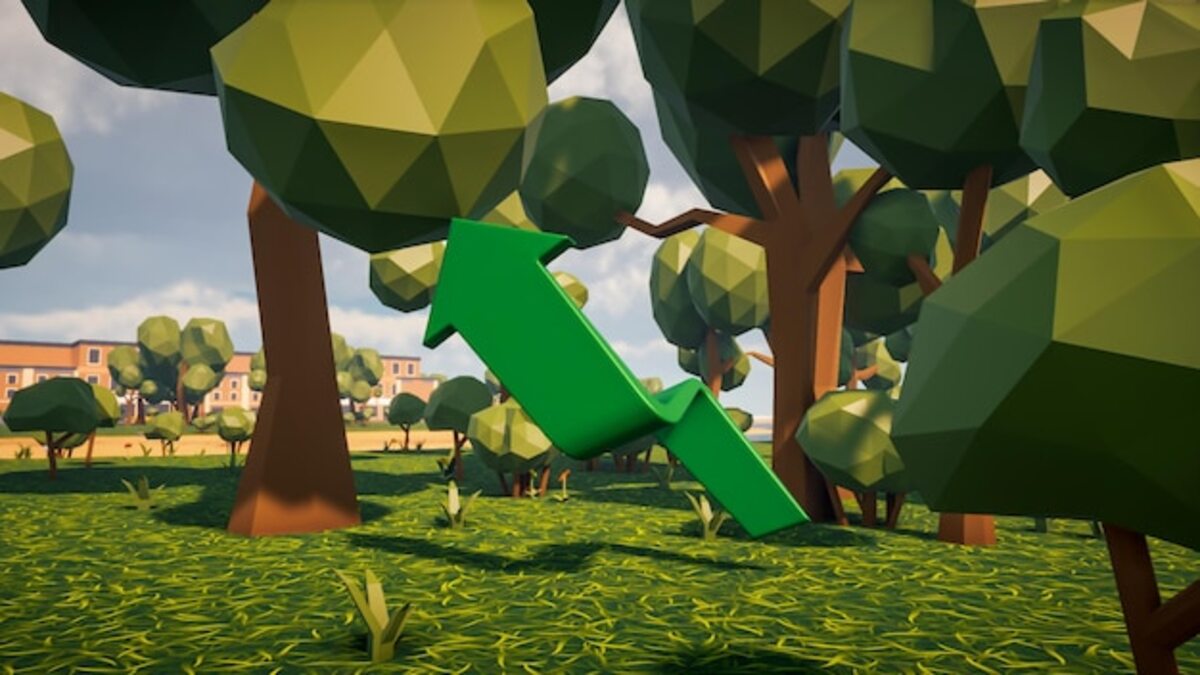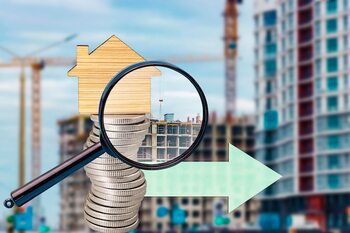The Role of Urban Trends in Real Estate Appreciation

The rise of urban trends is reshaping the real estate landscape in Costa Rica, driving the appreciation of properties in strategic areas. Understanding how these dynamics affect property values is crucial for investors and buyers. In this article, we will explore how modern urban living, sustainability, and nearby amenities transform not only cities but also your real estate decisions. Get ready to discover the direct impact urban trends have on your investment and how to better choose your next home.
1. The influence of urban design on real estate appreciation.
Urban planning and space design in cities play a fundamental role in property valuation. When green areas, public squares, and pedestrian zones are implemented, not only is the quality of life for residents improved, but the demand for properties in those locations also increases. Buyers are increasingly interested in living in environments that promote an active and healthy lifestyle, which raises the prices of surrounding properties. Therefore, good urban design can be a decisive factor for investors looking to maximize their return on investment through increased property value.
Similarly, accessibility to services such as public transportation, schools, and essential businesses is crucial for determining real estate value. Well-connected urban areas tend to attract more residents due to the convenience they offer. This phenomenon creates competition for the few available properties, thus driving up their prices. Additionally, trends towards sustainable urban development encourage projects that prioritize not only efficient construction but also environmental well-being, creating an additional appeal for those interested in acquiring properties in such areas. In this context, understanding how these elements interact is vital for anyone interested in making an informed investment in the real estate market.
2. Emerging areas: where are the new opportunities?
Emerging areas have become the new focus for investors and buyers in the real estate market. These often-overlooked areas are experiencing significant growth due to the arrival of new infrastructure, services, and a young population seeking a more dynamic lifestyle. Previously peripheral neighborhoods are being revitalized with housing projects, shopping centers, and recreational spaces, which not only improves the quality of life for their residents but also increases their appeal to those looking to invest in properties with high appreciation potential. Identifying these emerging areas is key to seizing opportunities before prices soar.
Sustainability plays a fundamental role in the development of these areas. Many modern real estate projects incorporate ecological principles and sustainable urbanism, which attracts an increasingly environmentally conscious audience. This not only contributes to social and environmental well-being, but also increases the value of properties in these sectors. Proximity to parks, pedestrian pathways, and efficient public transportation are decisive factors that elevate property value in these emerging areas. Investors should pay attention to these features, as they can make the difference between an ordinary investment and a profitable one in the long term.
3. Sustainability and its effect on property values
Sustainability has become a key factor in property valuation, especially in a world where environmental awareness is on the rise. Today's buyers are looking for not only a home but also a lifestyle that reflects their values. Properties that incorporate sustainable practices, such as the use of renewable energy, water collection systems, and eco-friendly materials, tend to attract more attention and, therefore, command higher prices in the market. This trend not only benefits current homeowners by increasing their initial investment but also lays the groundwork for greater future appreciation.
Furthermore, sustainability promotes more resilient and livable communities. Urban areas that prioritize green spaces, efficient public transportation, and accessible services are often perceived as more attractive places to live. This positive perception not only enhances the quality of the urban environment but also directly contributes to the property values within those areas. By choosing homes in sustainable and well-planned environments, investors are not only securing their financial investment but also helping to create healthier and more vibrant cities for future generations.
4. The role of public services in real estate valuation
Public services play a fundamental role in real estate valuation by directly influencing the quality of life of residents. Accessibility to drinking water, electricity, sewage, and telecommunications services are factors that not only ensure daily well-being but also elevate the perception of an area as attractive for living and investing. Properties located in areas with well-developed infrastructure tend to enjoy higher appreciation, as buyers value the convenience and functionality that these services bring to their daily experience.
Additionally, public services extend to other essential amenities such as public transportation, educational centers, and recreational spaces. Proximity to these facilities can transform a neighborhood into a desirable place for families and professionals alike. When a community has easy access to transportation, for example, commute times are significantly reduced, which increases the area's appeal and its potential for appreciation. In this sense, investors should consider not only the current state of public services in a given location but also the projections for future development that could further impact its value.
5. The impact of public transportation on the appreciation of urban areas
Public transportation plays an essential role in the valuation of urban areas, as its quality and accessibility directly influence property demand. Areas well-connected through efficient transportation systems, such as trains, buses, and trams, tend to attract more residents. This translates into an increase in real estate appreciation, as buyers seek convenience and ease of movement. Moreover, the use of public transportation is associated with a more sustainable and urban lifestyle, which is increasingly valued by new generations.
Moreover, the development of transportation infrastructure not only improves connectivity but also promotes the economic revitalization of previously undervalued areas. When improvements in public transport are implemented, these areas often receive additional investments in services and local commerce, which in turn elevates their appeal to potential buyers. In this context, investors should seriously consider proximity to public transport as a key factor when evaluating real estate opportunities; not only for its immediate impact on prices but also for its ability to transform entire communities in the long term.
6. Planned Communities: A New Approach to Real Estate Investment
Planned communities emerge as an innovative response to the changing needs of buyers and residents in the urban environment. These areas, strategically designed to integrate housing, commerce, and recreational spaces, offer a lifestyle that prioritizes convenience and accessibility. By creating cohesive environments where everything is just a few steps away, not only is a higher quality of life fostered, but the appeal to investors is also increased. Careful planning and the inclusion of essential services are determining factors that significantly enhance the real estate value in these areas.
Additionally, planned communities often incorporate sustainability principles that align with current urban trends. Elements such as green parks, efficient transportation systems, and the use of renewable energy contribute to a more responsible and environmentally conscious development. This approach not only attracts families and professionals interested in a modern and planet-friendly lifestyle but also enhances the perceived value of properties within these communities. Investing in a planned community can mean not only securing an attractive home today but also ensuring a significant increase in its long-term value due to its intuitive and sustainable design.
7. Case analysis: urban trends that have raised prices in Costa Rica
The case analysis in Costa Rica reveals how various urban trends have influenced the increase in property prices in different regions of the country. For example, the growing preference for living in areas with access to efficient public transportation has led to a notable increase in the value of properties near these routes. Additionally, the demand for spaces that integrate green areas and recreational zones has transformed neighborhoods previously considered peripheral into hotspots for buyers and investors. This phenomenon highlights the importance of urban planning and its connection to quality of life, which directly translates into a significant appreciation of real estate value.
Another illustrative case is the rise of sustainable developments, which not only promote a more eco-friendly lifestyle but are also raising property prices. Initiatives that incorporate green technologies and energy efficiency are gaining popularity among environmentally conscious buyers, leading to fierce competition for these properties. Additionally, the presence of essential services such as supermarkets, schools, and medical centers within an accessible radius has been key to attracting young families, further increasing the value of nearby properties. These cases demonstrate how urban trends not only shape our physical environment but also redefine our decisions when it comes to investing in real estate.



